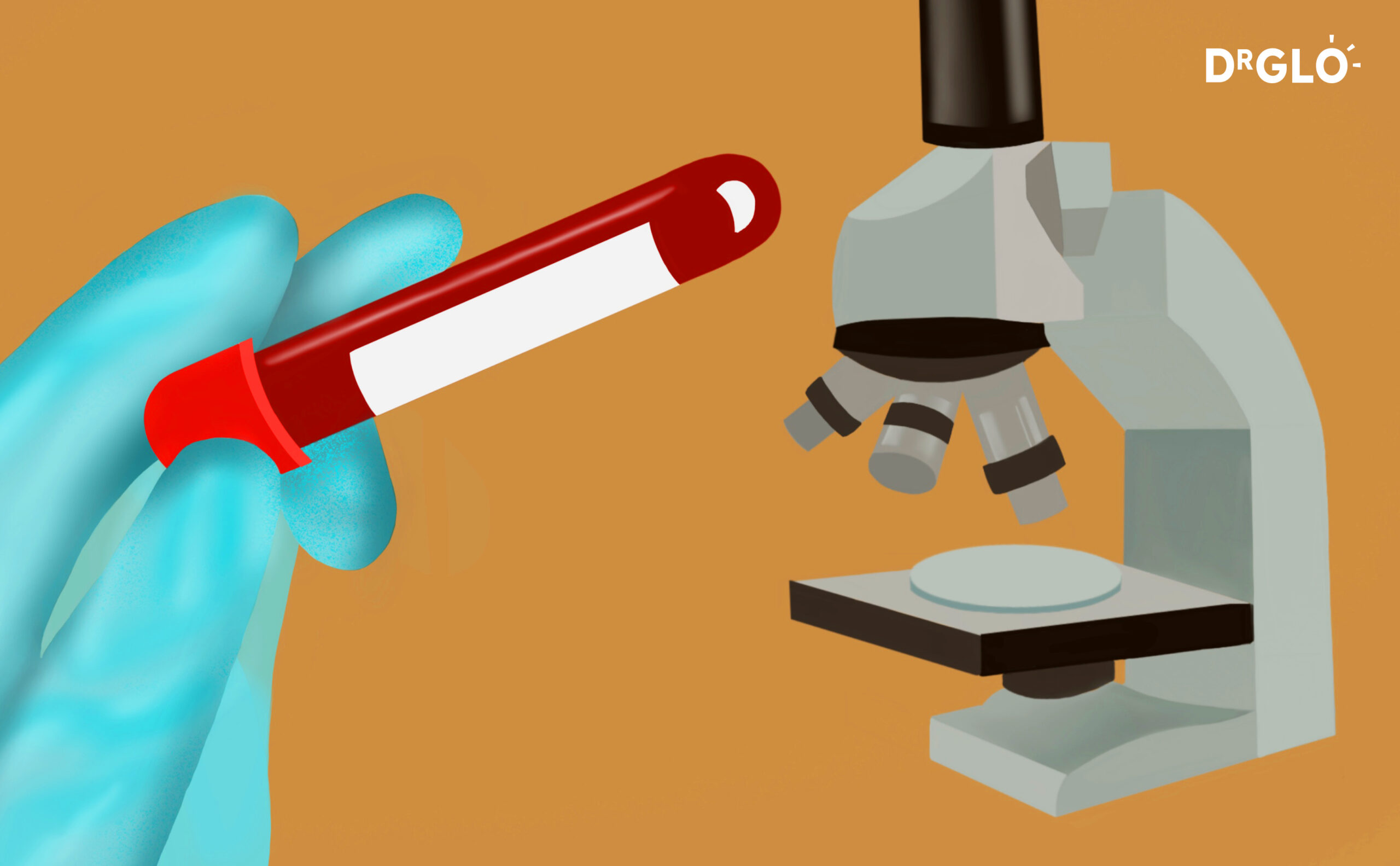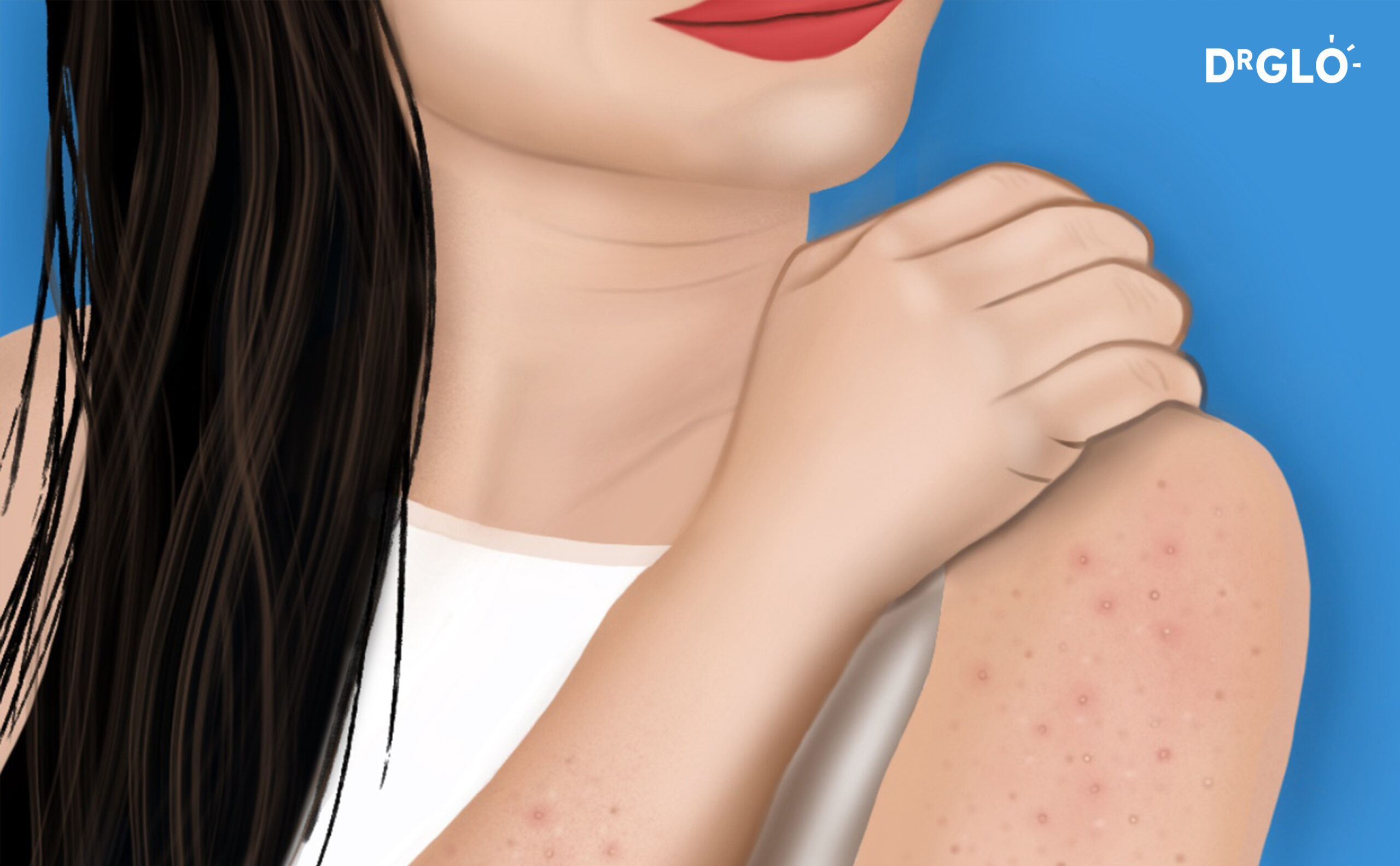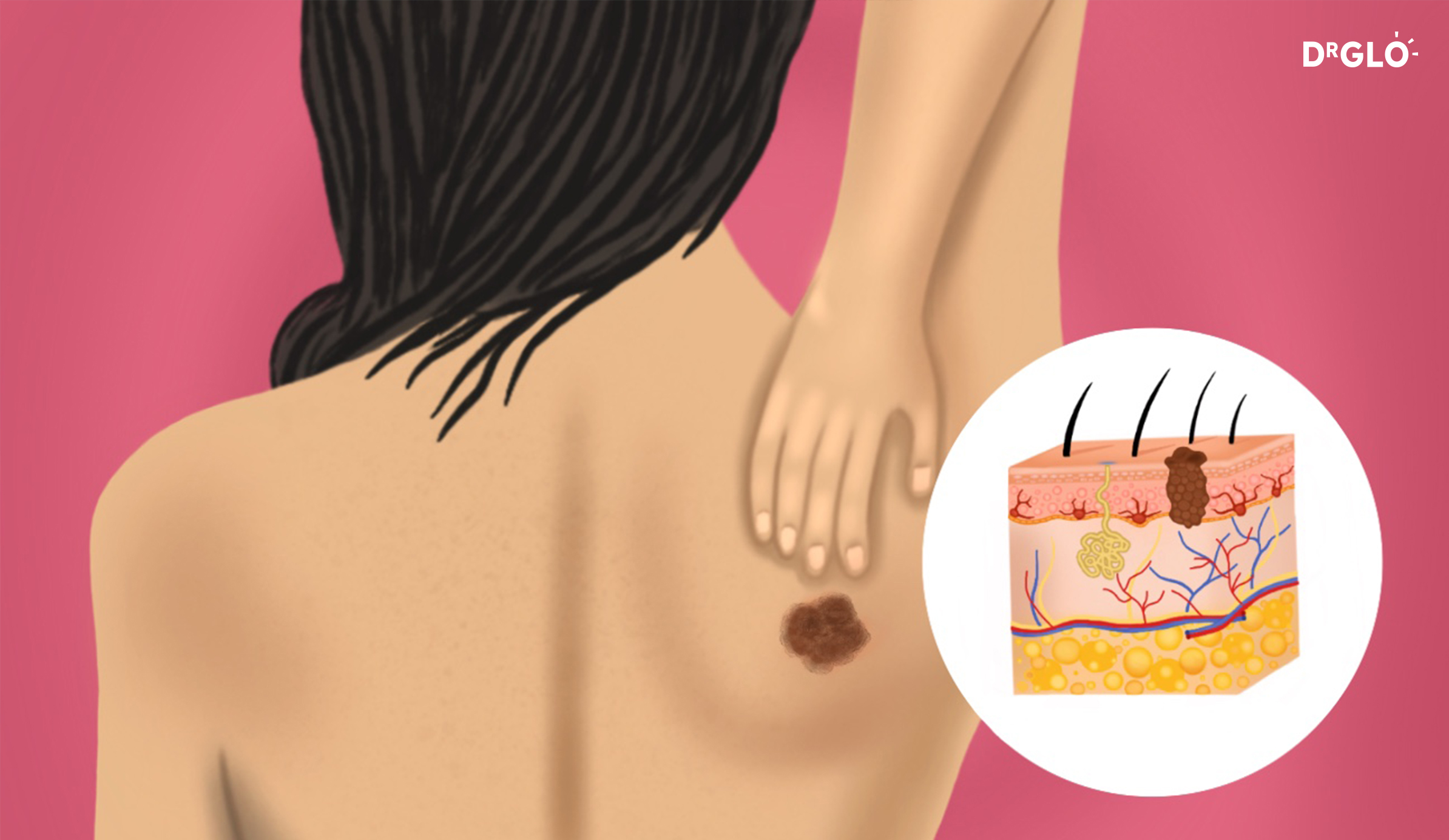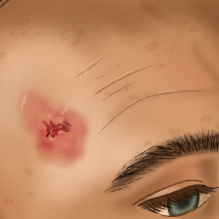
Would melanoma show in blood work? Generally, melanoma cannot be detected through routine blood work. Rather the gold standard for diagnosing the melanoma is with a biopsy where the tissue is sent to the laboratory for special staining and examination under the microscope. Based on the characteristic of the melanoma, further tests such as imaging like CT scans, MRIs and PETs can be used to determine the extent of spread of the melanoma.
Under what circumstances would a blood test be supportive of melanoma?
Despite recent advances in treatment of advanced stage melanoma, there are no specific blood-based biomarkers that have been validated for diagnosing and monitoring melanoma unlike other cancers.
When melanoma extends beyond the skin and has spread to other organs, a helpful marker is lactate dehydrogenase (LDH), which may be high. However, this test is non-specific and can be raised in other medical conditions. Therefore, LDH is only a supportive test and is often ordered when metastatic melanoma is suspected along with other tests including a biopsy and imaging.
 Common Skin Conditions
Common Skin Conditions Paediatric Conditions
Paediatric Conditions Skin Cancer
Skin Cancer Infectious Skin Conditions
Infectious Skin Conditions Other Skin Conditions
Other Skin Conditions Treatment & Management
Treatment & Management Prevention & Skincare
Prevention & Skincare













Popular Articles